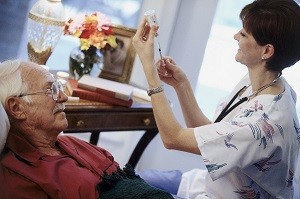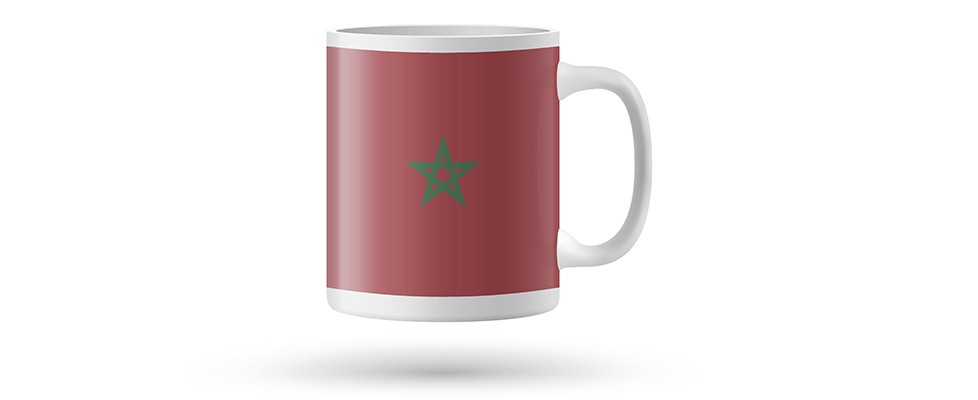Morocco
In recent years, Morocco’s healthcare system has seen a steep decline in quality and efficiency, and an increase in inequality when it comes to accessing medical care. The system comprises both a private and a public healthcare sector, where delivery may come from either. The public sector is funded through the government budget and includes everything from public hospitals to pharmacies. In 2005, the Moroccan government indicated that medical insurance coverage would be extended to a larger percentage of the population through mandatory insurance for employees in both the public and the private sectors. Prior to 2005, only 16% of the population had health insurance; this reform was meant to extend coverage to 30% of the population. At the same time, it was announced that the poor would have access to coverage for healthcare through a fund paid into by the public.
Healthcare Spending
Healthcare spending is very low in Morocco. The government spent 6.4% of the GDP on healthcare costs in 2012. Based on this percentage, Morocco ranks 105th in the world. However, since the GDP is low compared to other countries, the total amount spent per capita is also low. In 2012, it amounted to $340 USD per person. Of course, this total is above the average spending across the World Health Organization’s (WHO) Eastern Mediterranean Region, where healthcare expenditures are among the lowest in the world. In 2012, average healthcare spending was under $200 USD per capita across the region.
 Availability of Care
Availability of Care
Morocco suffers from a severe shortage of doctors, nurses, midwives, and other health professionals. Currently there are 0.62 doctors for every one thousand people in the country, a ratio of 1:1,612. This is significantly lower than the regional average, which is 1.14 physicians per one thousand people, a rate that is low in comparison to averages in other regions of the world, such as Europe, where there are 3.3 doctors for every one thousand persons. But the shortage of nurses and midwives is far more severe, with only 0.89 nurses and midwives per one thousand people, compared to the regional average of 1.61.
Life Expectancy & Mortality
Even with the lack of available care, the life expectancy in Morocco is still among the top one hundred countries in the world, ranking 78th at 76.51 years. For males, the average life expectancy is 73.44 years and for females, the average life expectancy is 79.74 years. Neighboring countries, including Egypt, Libya, Algeria, Tunisia and Western Sahara, all rank lower on measures of life expectancy, often not by much.
 Other Issues
Other Issues
While the situation is thought to have improved in Morocco in recent years, there is still much work to be done to improve access to healthcare and quality of services. One major area of concern is healthcare delivery in rural areas. Another is the affordability of pharmaceutical drugs. And the physician shortage is a constant area of concern, but the problem is not a mere matter of finding more physicians, it also lies in improving their working conditions. Many locally trained doctors prefer to emigrate in search of better job terms and less hectic working hours.
